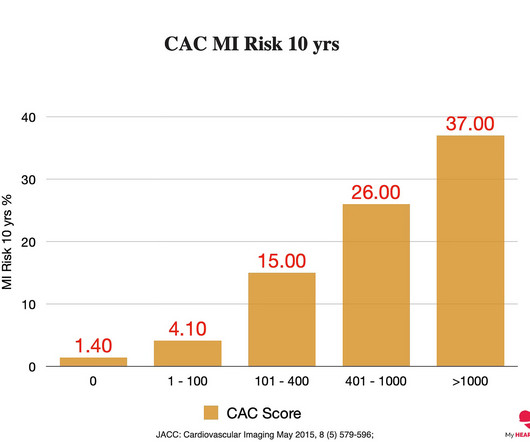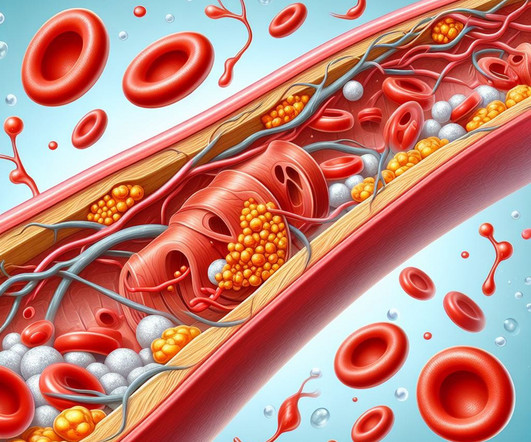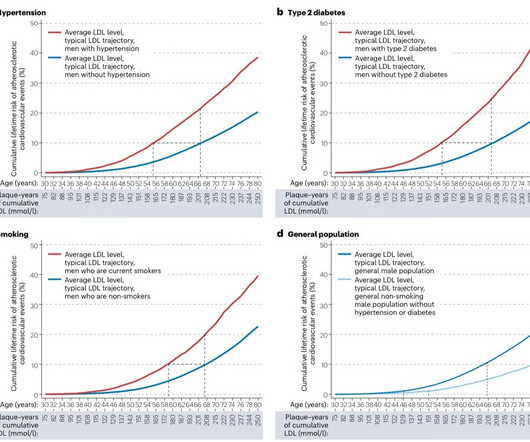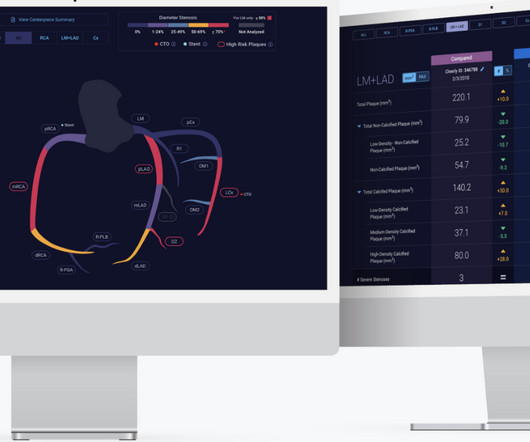What To Do If You Have An Early Family History Of Heart Disease
Dr. Paddy Barrett
JUNE 21, 2024
If you have an early family history of heart disease, there are specific steps you need to take to define if you have an increased risk and what to do about it. Heart disease is the leading cause of death worldwide, and the probability of someone in your family having heart disease is likely to be high.

















Let's personalize your content